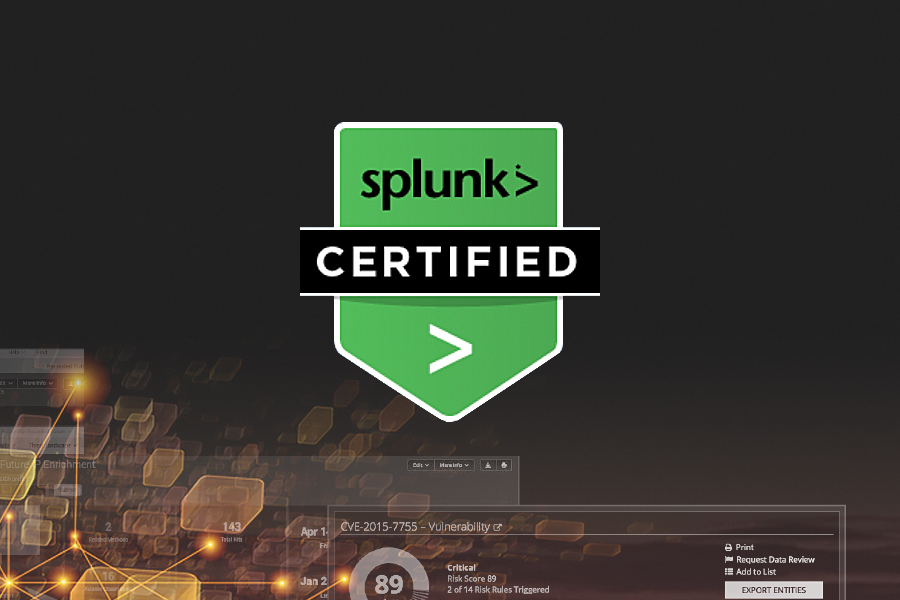Top Splunk Administration Interview Questions With Answers

Brief about Splunk
Splunk is a software platform to gather, analyze and interpret machine-generated unstructured data, from websites, sensors and other devices used to constitute the IT infrastructure of any business. Allowing real-time processing, Splunk is an awesome tool which businesses use for data analytics.
In order to pursue a career in Splunk, you have to enrol into a training program and later go for a certification. However, only Splunk training and certification is not enough to land you in a good company, at a good position. An intense interview session awaits you to test your knowledge. Once you successfully answer those gruesome interview questions, there’s nothing that can stop you. Get ready for the challenge by going through these important Splunk interview questions.
Splunk Certification Interview Questions
Q1. Define Splunk. Why is it used for the analysis of machine data?
Splunk is a great tool to allow visibility into data generated from machines like hardware devices, servers, IoT devices, networks, and other sources.
It is used for analyzing machine data because it provides crucial insights into IT operations, application management, compliance, security, threat and fraud detection.
Q2. Explain the working of Splunk. (OR what are the components of Splunk?)
It works with the help of its three components – Forwarder, Indexer and Search Head. Forwarder collects the data from various sources and forwards it to the Indexers.
Indexer, in turn, stores the data locally in the host machine or on cloud.
Search Head is used to perform various functions– searching, analyzing, visualizing – on the data stored in indexers.
Note: In the larger environment, there could be one more component called Deployment Server or Management Console Host. This component acts like an antivirus policy server, aiding to set up Exceptions and Groups. Consequently, you can map and create multiple sets of data collection policies for – Windows, Linux or Solaris based servers. Also, it can be used to control different applications running on different operating systems from one place.
The use of deployment server is beneficial because it allows controlling host-independent connotations, machine naming conventions and path naming conventions from a central location.
Q3. Why Splunk when there are other open-source options?
In terms of data analysis, doing business intelligence, providing security and managing IT operation, Splunk faces a tough competition. It stands ahead because it is the only tool that can manage all the operations. This is where it makes a difference and helps you scale up your business infrastructure. There could be other options, but they need plugins to support a few features like customer support and taking any data type at input.
Q4. Why is it suggested to get data into a Splunk instance via Forwarders?
This is because there are many benefits of doing it – bandwidth throttling, an encrypted SSL connection, and TCP connection for transferring data to an indexer from a forwarder. Data transferred this way also load balanced by default. In case, any indexer is down because of maintenance purpose or network outage, data can still be routed to another available indexer instance quickly. Additionally, the forwarder caches the events locally before transferring, creating a temporary backup of that data.
Q5. Explain the use of License Master in Splunk?
License Master ensures that your Splunk environment remains within the limits of purchased volume. It also makes sure that the indexers within the Splunk deployment have sufficient capacity to license the right amount of data.
Q6. What if the License Master is unreachable?
In this case, it is not possible to search the data. However, the data coming in to the indexer will not be affected and it will continue to flow into the Spunk deployment and the indexer will continue to index. Moreover, you will keep getting a warning message on the Search Head or the UI saying that the indexing volume has exceeded.
Q7. What is ‘license violation’ in Splunk?
A “License Violation” occurs when you exceed the data limit. Commercial licensing gets 5 warnings whereas the free version has only 3.
Hope these interview questions will help you prepare for the job after Splunk Certification.


























